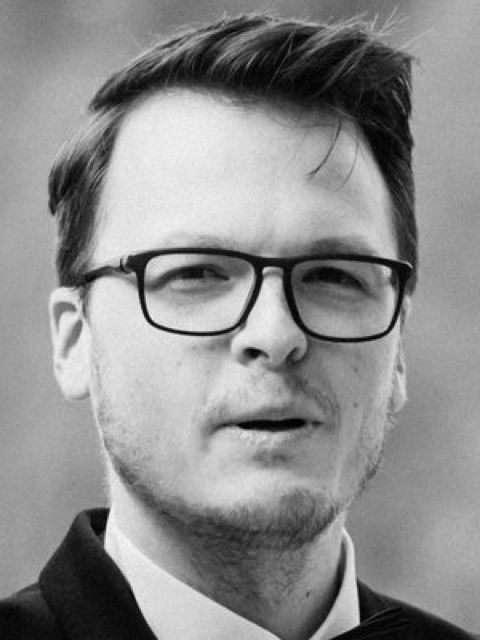David Jörg

Dr David Jörg
Postdoc in Prof Simons' group
Office: 537 Mott Bld
Phone: +44(0)1223 3 37359
Email: djj35 @ cam.ac.uk
TCM Group, Cavendish Laboratory
19 JJ Thomson Avenue,
Cambridge, CB3 0HE UK.

Research
Stem cell dynamics during tissue maintenance and recovery
In multicellular organisms, stem cells are the key components giving rise to tissue growth, maintenance, and regeneration. During development and adult life, a tight balance of cell proliferation and differentiation is vital to ensure the correct composition of a tissue and its homeostasis. Deviations from this balance are often hallmarks of serious diseases such as cancer or diabetes.
While it has been shown that probabilistic rules for proliferation and differentiation are sufficient to characterize the population dynamics of the stem cell pool, the biochemical basis of these rules is not understood.
Which are the factors regulating stem cell fate decisions? How do signaling factors regulate the number of stem cells in a specific organ or parts thereof? How is the coordination of cells over long distances (hundreds of cells) achieved?
Using methods from statistical physics and dynamical systems theory, I investigate how stem cells maintain adult tissue and lead to recovery of tissue after injury. Moreover, I study how the stem cell pool size is regulated by intercellular signaling.
Embryonic pattern formation
During embryonic development of vertebrates, the elongating body axis segments rhythmically and sequentually into the precursors of vertebrae and ribs. The temporal regularity with which segments form is due to coordinated oscillatory gene expression in the segmenting tissue. These oscillations manifest themselves as traveling waves through the tissue. A new segment is formed whenever a wave arrives at the anterior end of the tissue.
Together with the lab of Prof. Andy Oates, we investigate how the collective dynamics of coupled cellular oscillators regulates the timing and the morphological properties of vertebrate segmentation. Our ultimate aim is to understand the dynamics of genetic oscillations and vertebrate segmentation from the single oscillator scale to the multicellular tissue-level patterning system.
Self-organised synchronisation strategies
Electronic components that perform tasks in a concerted way rely on a common time reference. We developed a novel approach to achieve such a common time reference in large sytems by synchronizing a distributed network of electronic oscillators.
Instead of a traditional master-clock approach, in which one master oscillator entrains slave nodes, our approach exploits the self-organized synchronization of mutually delay-coupled oscillators.

In Plain English
Featured Publications
- Amplitude bounds for biochemical oscillators EPL (Europhys. Lett.) 119 58004 2017 (Editor's Choice)
- Stochastic Kuramoto oscillators with discrete phase states Phys. Rev. E 96 032201 2017
- Fate mapping of human glioblastoma reveals an invariant stem cell hierarchy Nature 549 227 2017
- Continuum theory of gene expression waves during vertebrate segmentation New J. Phys. 17 093042 2015
- A Doppler Effect in Embryonic Pattern Formation Science 345 222-225 2014 (*equal contribution)
- Synchronization Dynamics in the Presence of Coupling Delays and Phase Shifts Phys. Rev. Lett. 112 174101 2014